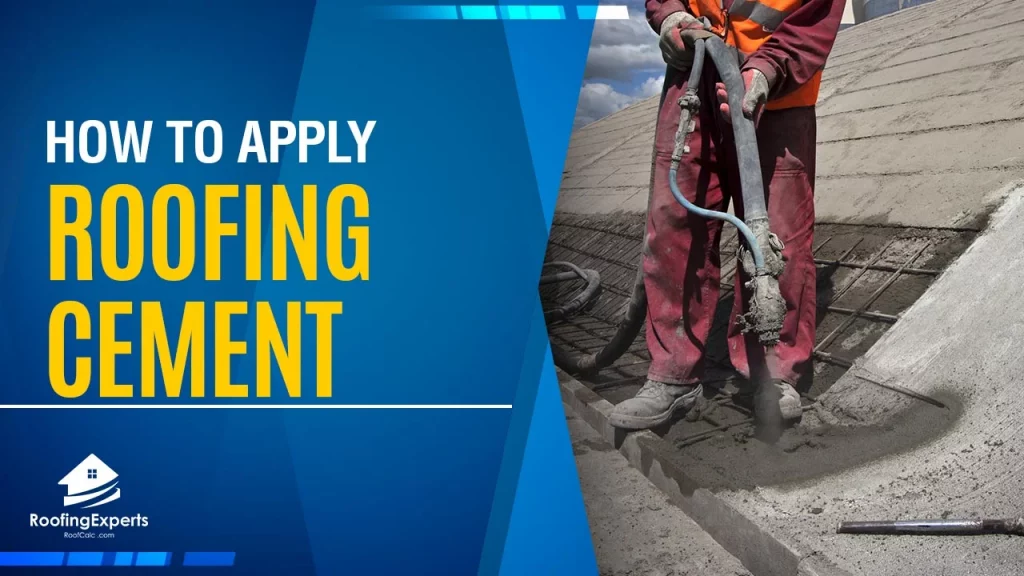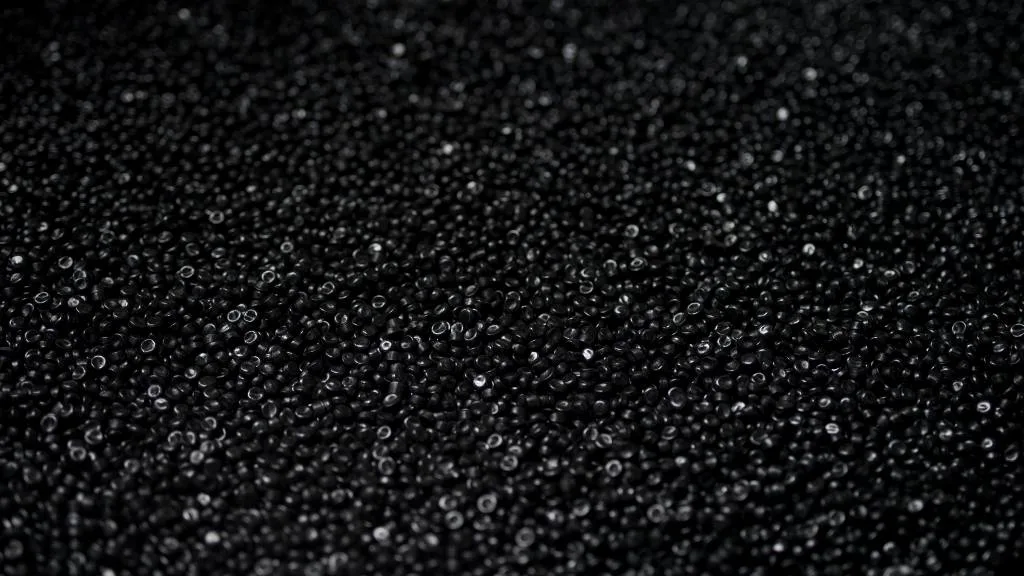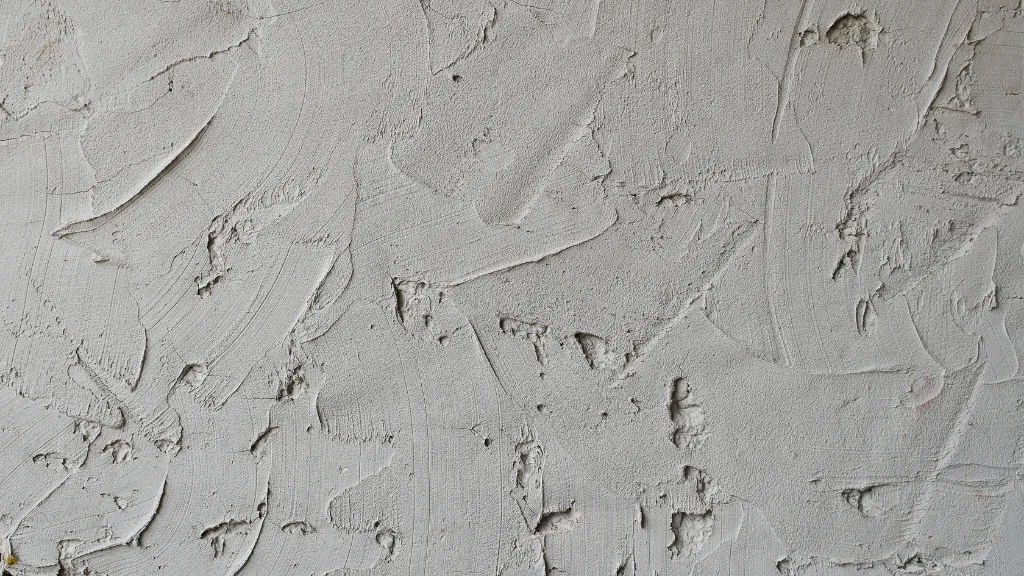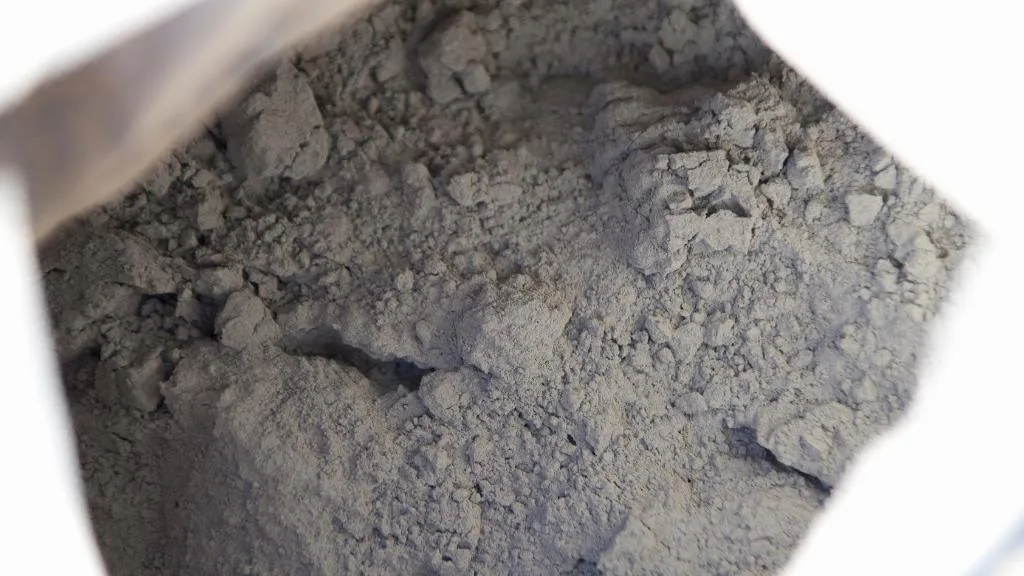
If you are in need of a new roof or have an old one that needs some work, then this is the article for you. We will discuss how to apply roofing cement and what type of materials can be used to complete the project.
Be sure to read on so that you can get your new roof put up with ease!
Applying Roofing Cement
To apply roofing cement to your roof, simply spread it over the surface with a trowel—or, if the roof has a steep grade, use an edger.
After 30 minutes you can walk on the roof; after 24 hours you can drive on it.
Steps
# 1 – Put on your hand glove.
# 2 – Remove dust and clean the surface.
# 3 – Measure your roof so you will know how much roofing cement you’ll need.
# 4 – Make sure to follow the right formula and start your roofing cement mixture.
# 5 – Fill the gaps on your roofing, make sure to cover all holes.
# 6 – Apply a thin layer of roofing cement over the sealed area.
What is a Roofing Cement
Roofing cements are used for waterproofing and sealing different types of roofs.
They come in two general varieties: asphalt-based cements, which should only be used on structurally sound roofs that are relatively new (less than ten years old), and plastic or polymer-based roofing cements, which should only be used on structurally sound roofs that are at least five years old.
Asphalt-based roofing cements generally cost less than the polymer-based varieties, but they don’t last as long and can’t be used on older roofs.
As far as ingredients go, roofing cements are made of three basic components: powdered limestone, bitumen (which comes in liquid or semi-liquid form), and mineral powders.
Liquid asphalt, which is derived from crude oil, is the most common component of asphalt-based roofing cement.
Limestone powder gives the cement its whitish color; it also increases its density so that it can be applied more thickly than polymer-based roofing cements.
Mineral powders, which include talc and calcium carbonate, not only give the cement its color but also increase its adhesion to the surface of the roof.
Although roofing cement is extremely durable in helping you repair leaky roofs, nothing is 100 percent waterproof—not even asphalt or plastic roofing materials.
If you live in a part of the country that experiences very heavy downpours, look for roofing cement labeled “heavy-duty” or “extra heavy-duty.” This type is formulated to resist the most severe weather conditions.
Asphalt-based cement is used mainly to re-seal surfaces and to patch small holes in roofs; polymer-based cements are used on new roofs, on shingled roofs, and on metal or slate roofs.
Varieties of Roofing Cement
Roofing cements come in white and black varieties; both types can be tinted to match your roof’s color.
If you need to patch a hole rather than cover the entire surface of the roof, buy a plain cement and add liquid asphalt paint until it has the desired shade.
The most popular types of roofing cements are the following:
Asphalt-based cement. A mixture of asphalt, limestone powder, and bitumen or liquid asphalt, this type is used to seal roofs that are more than ten years old (and to patch small holes).
Although it’s very inexpensive, it needs to be applied at least once a year, and it can’t be used on roofs that are made of wood, metal, plastic, or fiberglass.
- Polymer-based cement. This is a blend of powdered limestone, mineral powders (talc and calcium carbonate), plasticizers such as rosin or naphthalene (mothballs), and asphalt or bitumen.
- It’s not affected by rain or humidity, but it has to be applied by a professional roofer.

- Extra heavy-duty cement. This holds up under extreme weather conditions and comes with built-in ultraviolet protection—but it costs about twice as much as other types of roofing cements.

- Heavy-duty cement. This is even more weather-resistant than heavy-duty cement, but it isn’t as durable overall.

- Liquid asphalt. This is mixed with white or black pigment to achieve the desired color.
- It can be used to re-seal surfaces and to patch small holes in roofs that are ten years old or older. If you have a new roof, you should use a polymer-based cement instead.

White, polymer-based roofing cement. This is used mainly to cover the entire surface of roofs that are up to five years old and made of metal or plastic.
It’s more expensive than asphalt-based roofing cements, but it doesn’t need to be applied nearly as often.
Black, polymer-based roofing cement. This is even more expensive than white polymer cements and is used where truly exceptional durability is required.
It’s suitable for all types of roofs except metal or plastic roofs that are less than five years old.
Concluding on Roofing Cement: Other Types and Uses
You can buy roofing cement in the form of cartridges, buckets, or bags. It’s also available as a powder that you mix with liquid asphalt to create your own special mixture.
If you have a new roof, choose polymer-based cement for the entire surface; if your roof is more than ten years old and made of wood, metal, or plastic—or more than five years old and made of fiberglass—choose asphalt-based roofing cement for patching purposes only.
If you need to re-seal your membrane, use liquid asphalt instead.
Don’t try to save money by using cheap roofing cements that are available in home centers or hardware stores; these products are often not suitable for the type of roof you have.
For best results, use quality products that are available from specialty companies.
Roofing Cement is used to apply a protective layer over roofs made of wood, metal, plastic or fiberglass. It can also be used to seal surfaces and patch small holes in existing roofs.
Roofing cement comes in white and black varieties, depending on the desired color of the surface. It is available as a powder or in cartridge form, which requires an application gun for installation.


